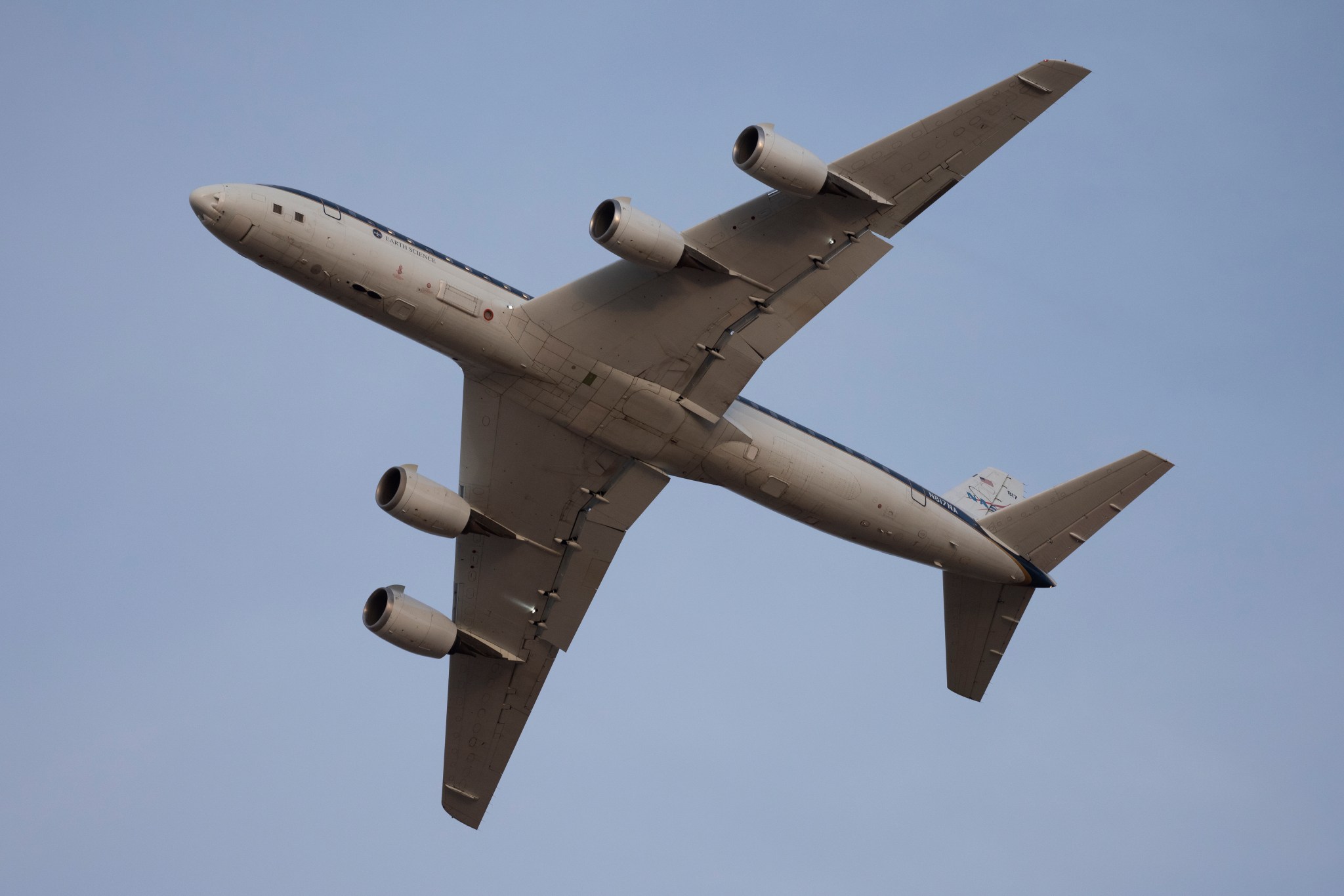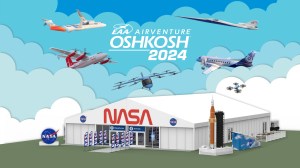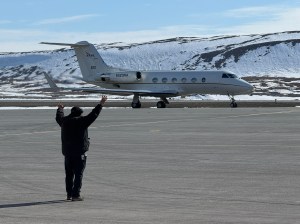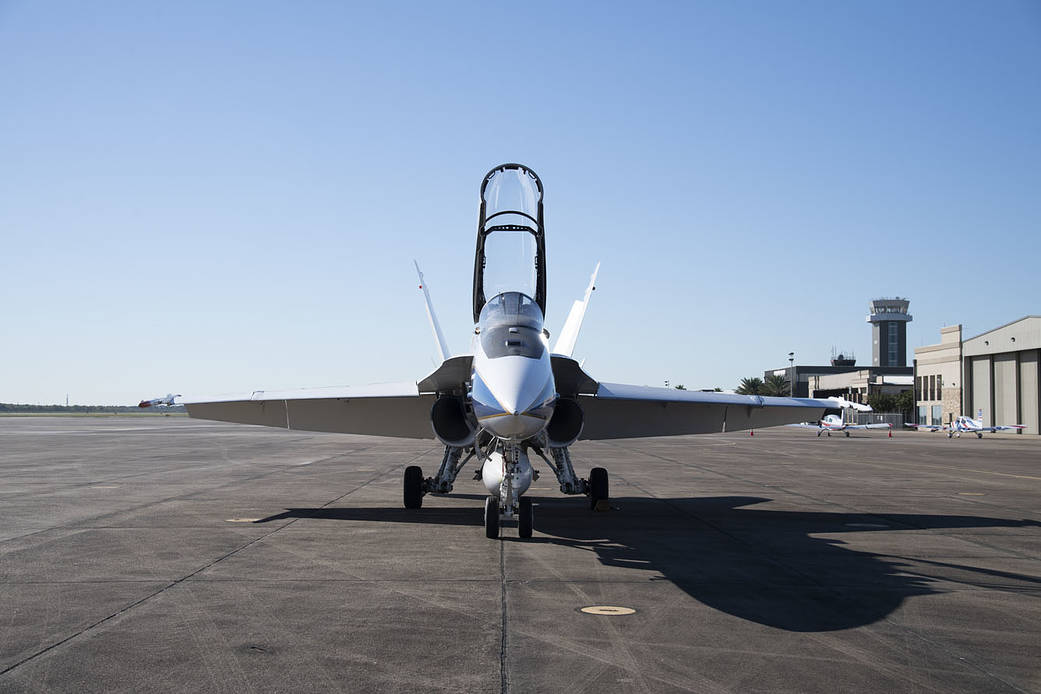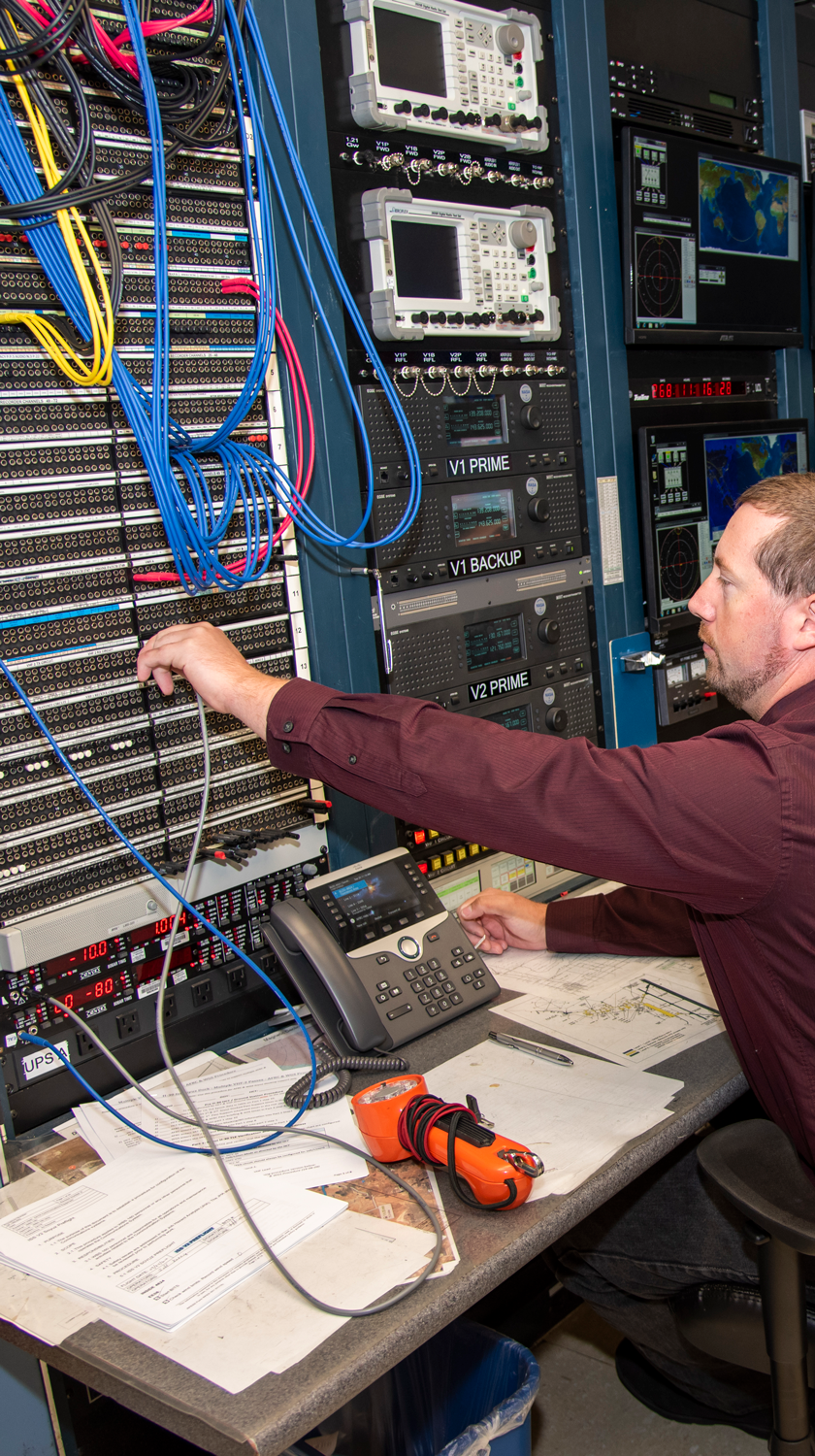Often research associated with air quality and pollution prioritizes transportation – especially car emissions – as an area of focus. However, many urban areas have less pollution from motor vehicles than in the past. That’s why scientists leading the AEROMMA project this summer are focused on gathering data on other anthropogenic, or human-based, pollution sources.
The AEROMMA project – Atmospheric Emissions and reactions Observed from Megacities to Marine Areas – is a collaboration between the National Oceanic and Atmospheric Administration (NOAA) and NASA. From the end of June 2023 through mid-August, scientists will use NASA’s DC-8 aircraft, the largest flying science laboratory in the world, to fly low over several cities to collect data on pollution sources. The DC-8 is operated by NASA’s Armstrong Flight Research Center.
Their goal is to study the air quality hovering over some of our most densely populated spaces in North America, including Los Angeles, Chicago, New York, and Toronto. The DC-8 will conduct a series of low-altitude flights in order to investigate urban emissions and the atmospheric chemical reactions that affect air quality and climate. These emission sources include personal care products, cleaning agents, smaller gas burning devices, and landfills.
Unlike pollution from transportation, pollution from everyday products remains proportional to a population because everyone uses them. Whether a cleaning agent for your windows or a dry shampoo for hurried mornings, the products we use on a regular basis are engineered to emit vapors into the atmosphere by carrying scent or allowing coatings to dry. These volatile ingredients are often refined from fossil fuels and affect our shared air quality. In major cities, that effect is tangible and measurable.
The AEROMMA project brings together airborne, ground, and satellite observing systems, as well as state-of-the-art air quality and climate models to quantify the flux of anthropogenic emissions over North American cities. The low-altitude DC-8 flights for AEROMMA will be coordinated with aircraft operated by NASA’s Langley Research Center and flying at higher altitudes as part of STAQS, the Synergistic Tempo Air Quality Science project. By collaborating with other partners conducting complementary air quality studies – AEROMMA, STAQS, CUPiDS, GOTHAAM – scientists will help build a synergistic observing system more robust than any singular mission could provide alone.
NASA’s aircraft personnel will ensure the safety of the project, while scientists from NOAA will lead the scientific investigations. NASA and NOAA teams will also guide undergraduate students participating in SARP, NASA’s Student Airborne Research Program, as they assist with research during flights over Los Angeles.
Learn more about the AEROMMA project
Learn more about the STAQS project


























